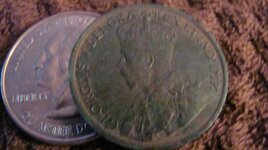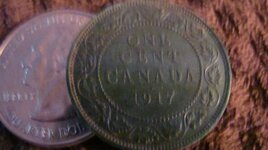masterjedi
Bronze Member
- May 24, 2014
- 1,757
- 1,349
- Detector(s) used
- Minelab's CTX 3030, E-Trac & EQ800, Fisher F75LTD SE & F44, Whites MXT All PRO, Whites TRX Pointer & Shovel, Predator Tools Raptor hand digger & Ranger shovel. Grey Ghost Ultimate headphones.
- Primary Interest:
- Metal Detecting
The shovel cuts better plugs than any hand digger...
Thanks for the etrac web tip... cant wait to go through it
Thanks for the etrac web tip... cant wait to go through it







